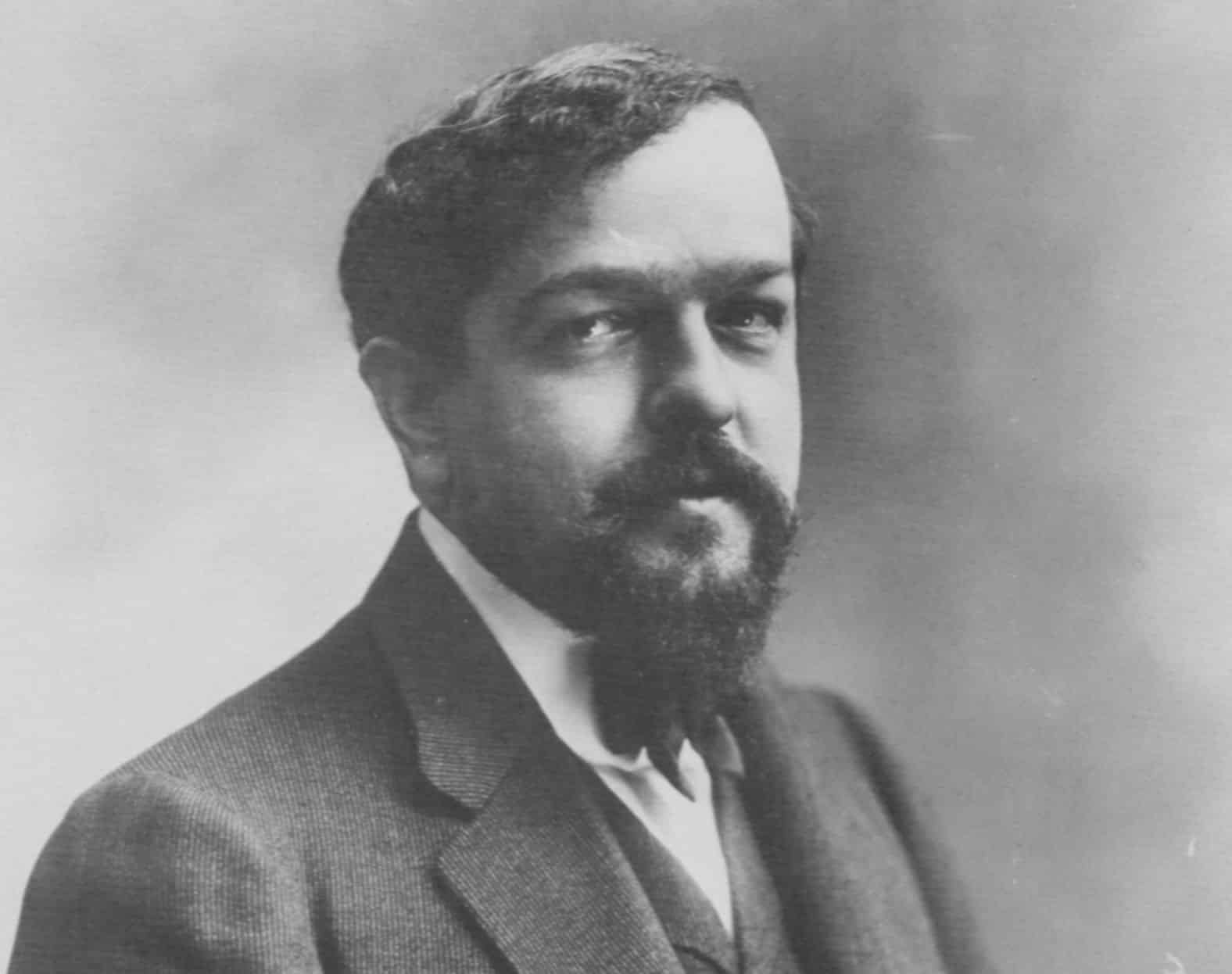Claude Debussy, one of the most celebrated French composers, is renowned for his innovative contributions to the world of music. His works often reflect a profound departure from the romantic traditions that preceded him, favoring an impressionistic style that emphasized mood, color, and texture over formal structure. Among his various compositions, one of the lesser-known yet intriguing pieces is his “Ballade.”
The Origins of the “Ballade”
The “Ballade” is a composition that stands out in Debussy’s oeuvre, written in the late 19th century. The title “Ballade” itself, which refers to a narrative poem or song, hints at the poetic, lyrical nature of the piece. Composed in 1896, the “Ballade” was created during a pivotal time in Debussy’s career. It was a period when the composer was moving away from the heavy influence of Wagner and exploring more personal expressions of music, which would later define his signature style.
The “Ballade” was initially conceived for piano solo, showcasing Debussy’s remarkable ability to blend lyrical beauty with complex harmonic textures. The piece was dedicated to the celebrated French pianist and composer, Édouard Colonne, who was an important figure in French music at the time. Colonne’s influence on Debussy’s work cannot be overstated, and the dedication to him is a testament to their professional relationship.
A Break from Tradition
The “Ballade” was composed during a period when Debussy was actively experimenting with form and harmony, often challenging the traditional conventions of music. This is especially evident in the “Ballade,” where Debussy incorporates free-form passages, rich chromaticism, and intricate textures that evoke a sense of fluidity rather than a rigid structure. The piece is a reflection of Debussy’s early ventures into the exploration of non-tonal harmonies, something that would become a hallmark of his later works.
In terms of style, the “Ballade” does not strictly follow the classical structure associated with earlier composers such as Chopin or Brahms. It lacks the strict divisions between themes that might be found in other ballades of the time. Instead, Debussy’s composition is filled with improvisational qualities, creating an intimate and evocative narrative in music.
The Musical Language of the “Ballade”
Debussy’s harmonic language in the “Ballade” is particularly innovative. The piece features lush, shifting chords that move seamlessly from one to the next, a characteristic feature of his later works. The interplay between light and shadow is also reflected in the subtle changes in texture and dynamics. The flowing, lyrical passages intertwine with more vigorous and dramatic sections, creating a sense of tension and release.
What is striking about the “Ballade” is its use of color, both musically and emotionally. Debussy was a master of evoking imagery through sound, and in this work, he explores a range of expressive possibilities. The piece feels both intimate and expansive, a testament to Debussy’s ability to create a wide emotional range within a relatively short musical span.
Reception and Legacy
Though the “Ballade” is not as widely recognized as some of Debussy’s more famous works, such as “Clair de Lune” or “Prélude à l’après-midi d’un faune,” it holds a special place in the development of his musical language. The piece is often studied by pianists for its technical demands and its nuanced interpretation of texture and color. Its relatively obscure status can be attributed to Debussy’s own shifting focus in the years following its composition, as he moved towards works that fully embraced his impressionistic style.
The “Ballade” represents a crucial moment in Debussy’s artistic evolution. It stands as a bridge between the late Romanticism of his early works and the emerging impressionistic style that would later dominate his career. Today, it is appreciated by musicians and scholars for its beauty, originality, and its role in shaping the modern landscape of classical music.
Conclusion
Claude Debussy’s “Ballade” is a fascinating piece that reflects the composer’s evolving style and his break from the constraints of traditional classical music. Through this work, Debussy was able to explore new harmonic landscapes, textures, and forms, paving the way for many of the groundbreaking innovations that would define his later compositions. Whether appreciated for its technical complexity or its emotional depth, the “Ballade” remains an important part of Debussy’s legacy and a testament to his genius as one of the most influential composers in the history of music.


Comments are closed